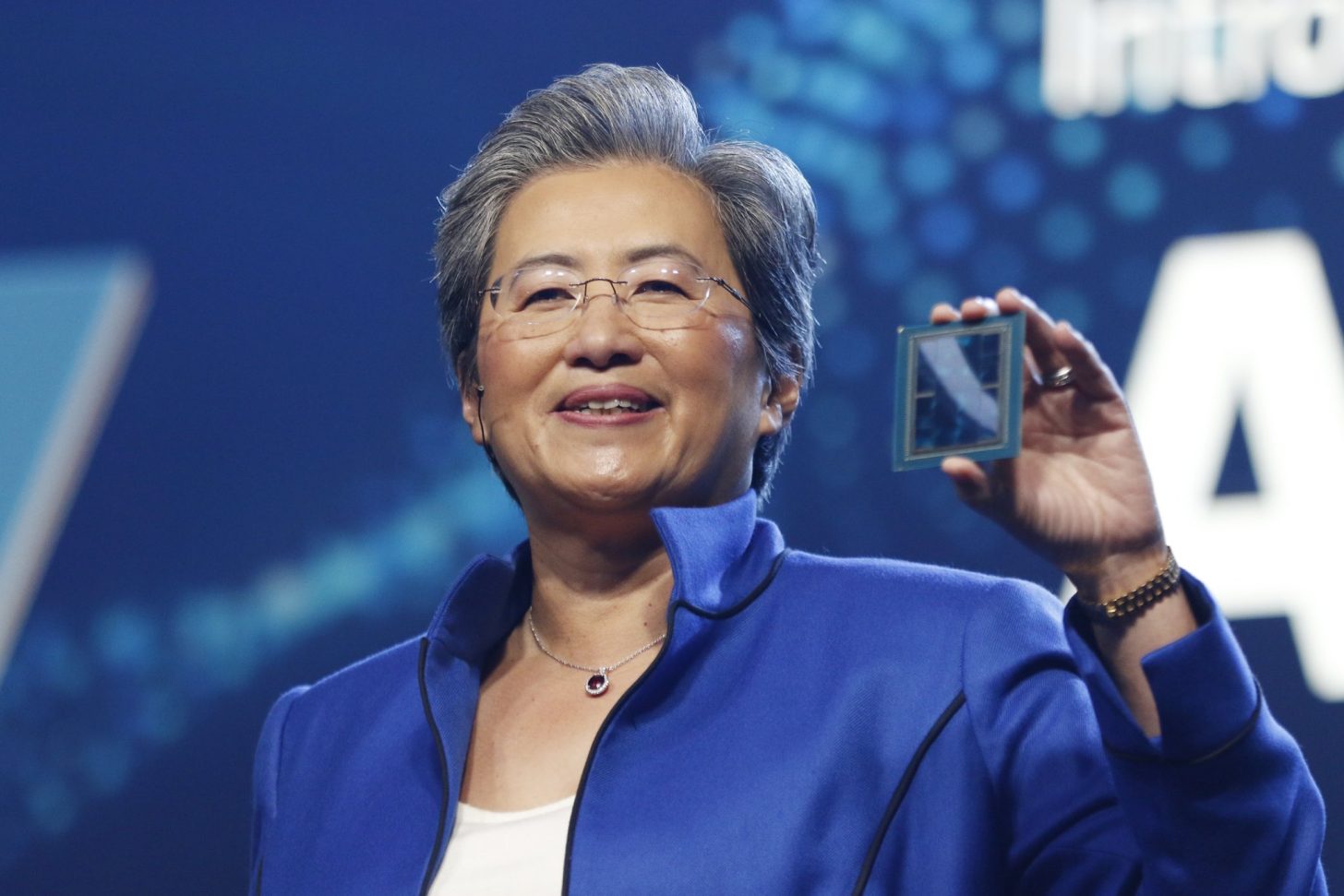**AMD Collaborates with U.S. Department of Energy on Two Next-Generation Supercomputers**
According to a recent report from Reuters, AMD has secured a significant partnership with the U.S. Department of Energy (DoE) to build two advanced supercomputers aimed primarily at academic and scientific research. This collaboration marks a major milestone for AMD (Team Red) as it seeks wider adoption of its technology stack within the high-performance computing (HPC) industry, presenting a strong challenge to incumbent rival NVIDIA.
### Two Cutting-Edge Supercomputers: Lux and Discovery
The first supercomputer project, named **Lux**, is expected to be operational within the next six months. Lux will incorporate AMD’s latest Instinct MI355X AI chips and will be developed in partnership with industry leaders including HP, Oracle, and the Oak Ridge National Laboratory (ORNL). AMD CEO Lisa Su highlighted that the deployment timeline for Lux sets a new record for supercomputer build-outs.
The second system, known as **Discovery**, is scheduled for delivery by 2028. This machine will feature a custom variant of AMD’s Instinct MI430 AI chip, specifically designed for high-performance computing workloads. Project Discovery has been under consideration by the DoE since last year, and AMD has been selected as the primary computing provider for this initiative.
### Funding and Strategic Goals
The Department of Energy is investing nearly $1 billion to fund these projects. Additionally, the DoE is actively pursuing further private sector partnerships to expand its computing capabilities and scale HPC resources.
### Why AMD Over NVIDIA?
While the report does not specify the exact reasons AMD was chosen over NVIDIA, a likely factor is the DoE’s familiarity and existing experience with AMD’s HPC technology. Systems such as the Frontier supercomputer, which have been in use by the DoE, rely heavily on AMD hardware. This existing relationship makes AMD a practical choice for these upcoming projects.
That said, the DoE continues to broaden its collaborations with the public and private sectors, so NVIDIA’s AI hardware could still see adoption in future programs. For now, AMD remains the preferred partner for these flagship supercomputing efforts.
—
This exciting development underscores AMD’s growing presence in the high-performance computing arena and highlights the strategic importance of cutting-edge AI chips in addressing complex scientific challenges. Stay tuned for more updates as these supercomputers come online and begin to transform research capabilities across the country.
https://wccftech.com/amd-lands-major-us-government-ai-deal-to-power-next-gen-supercomputers/



